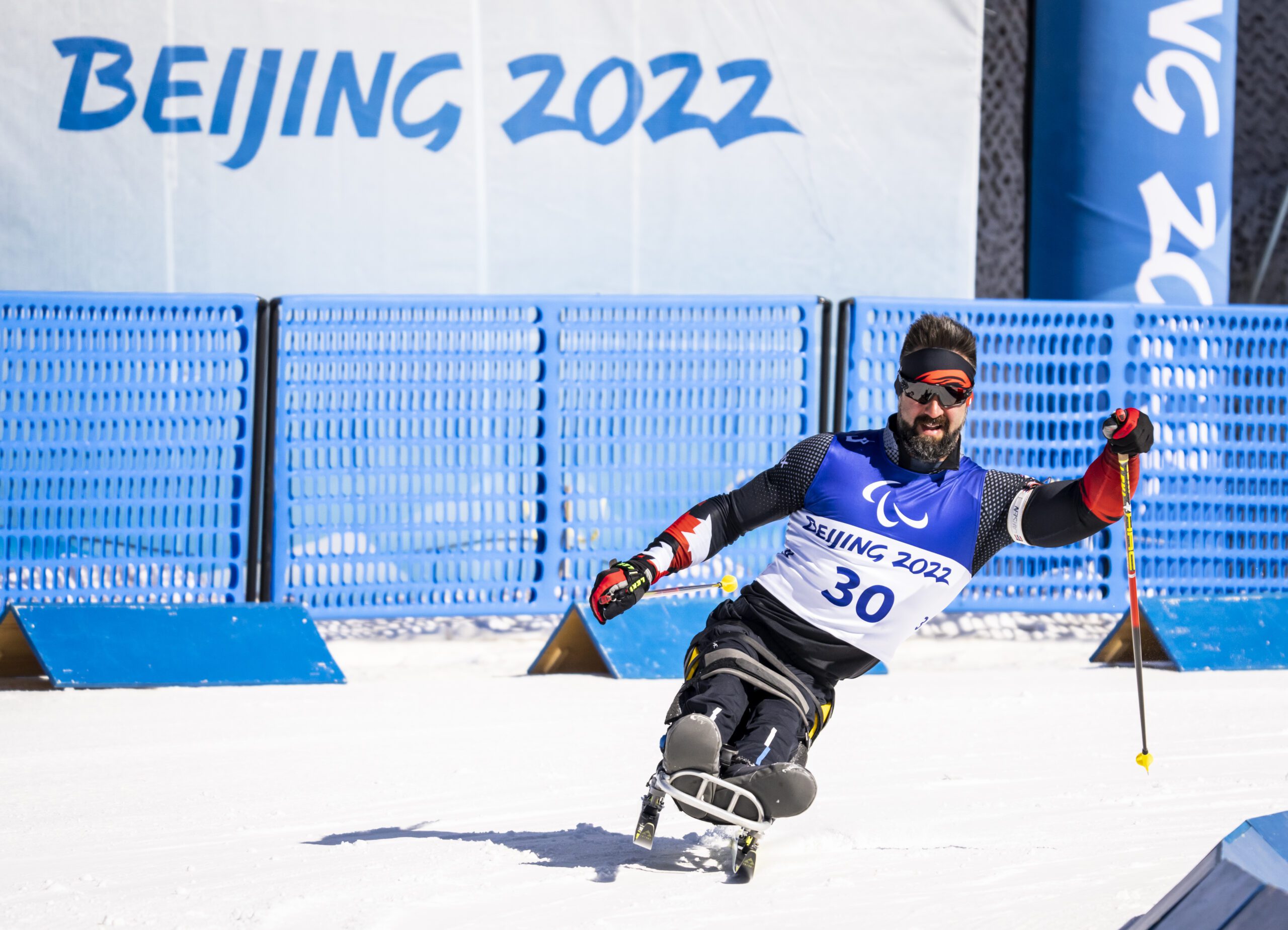
Imagine being asked to run a 100-metre sprint in shoes two sizes too big. You could stuff the toes with socks, lace them tight, maybe even tape the soles to your feet. But no matter how hard you try, you’ll never really run your best. Now imagine that was your introduction to sport and that every practice, game, and attempt to improve was shaped by the wrong gear.
This, says Tessa Gallinger, Performance Sciences Advisor for the Canadian Paralympic Committee (CPC) and Own the Podium, is the experience of too many Para athletes today. They are handed equipment that is either “off the shelf” or at the opposite extreme, an expensive, one-off custom device that only the wealthiest or most connected can access.
Between those two poles, generic and prohibitively bespoke, lies what Gallinger and her colleagues call the missing middle. Filling that middle could change everything.
“Through our research with partners, the biggest gap we identified was in the middle, where the largest number of athletes are,” Gallinger explains. “If we can fill that space, we create an equipment pathway that allows athletes to progress appropriately. That way, their introduction to sport can be more positive, because they have equipment that fits better or is adaptable to their needs.”
From hand-me-downs to athlete-matched
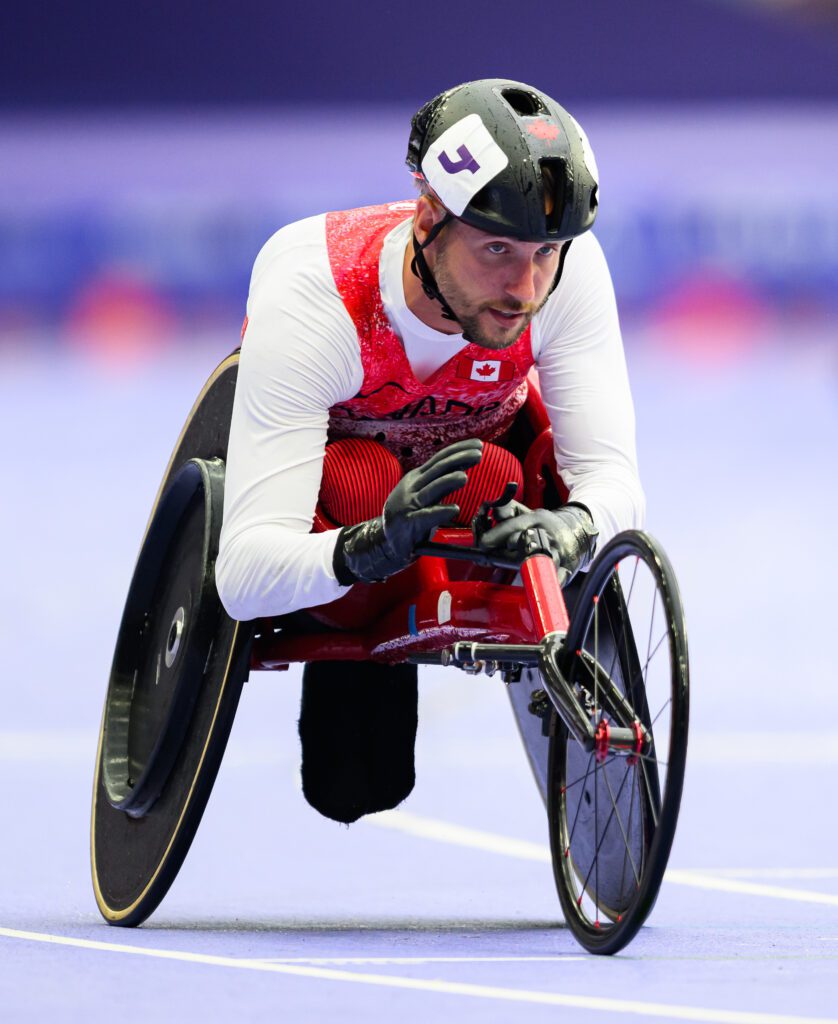
The history of Para sport equipment in Canada has been defined by improvisation. Many athletes start with gear passed down from someone else. A racing chair that doesn’t quite fit. A hockey sled padded with scraps of foam to fill gaps where a hip or leg should be.
Some make it work. Others quietly drift away from sport, discouraged not by lack of ability, but by a mismatch between their needs and the structure of the sport. Research has consistently shown that quality sport experiences come from repeated and sustained exposure to quality experiences (Canadian Disability Participation Project, 2018). This means that athletes have independence and choice, feel challenged, and able to feel that flow and in-the-moment experience sport can offer. Poor access to equipment that suits their needs, or competitive level can significantly hinder this.
For those who persist, the next step could be customization. If they’re lucky, they meet an engineer or connect with a prosthetist willing to design something unique. The result is often brilliant and exorbitantly expensive. A fully custom sled seat can cost $12,000 to $15,000. A basketball chair: $10,000. A racing chair: thousands more.
This leap from ill-fitting to unaffordable has left countless athletes stranded. “There’s nothing in the middle,” Gallinger explains. “That’s the gap we’re trying to fill.”
The semi-customized solution is called athlete-matched equipment: designs that are strategic, inclusive and specialized equipment that can be manufactured at scale and are commercially accessible. Think of it like orthotics. Your foot is scanned, but the insole is produced from a process refined by thousands of similar scans. Not one-off, not generic but something in between.
The promise of process
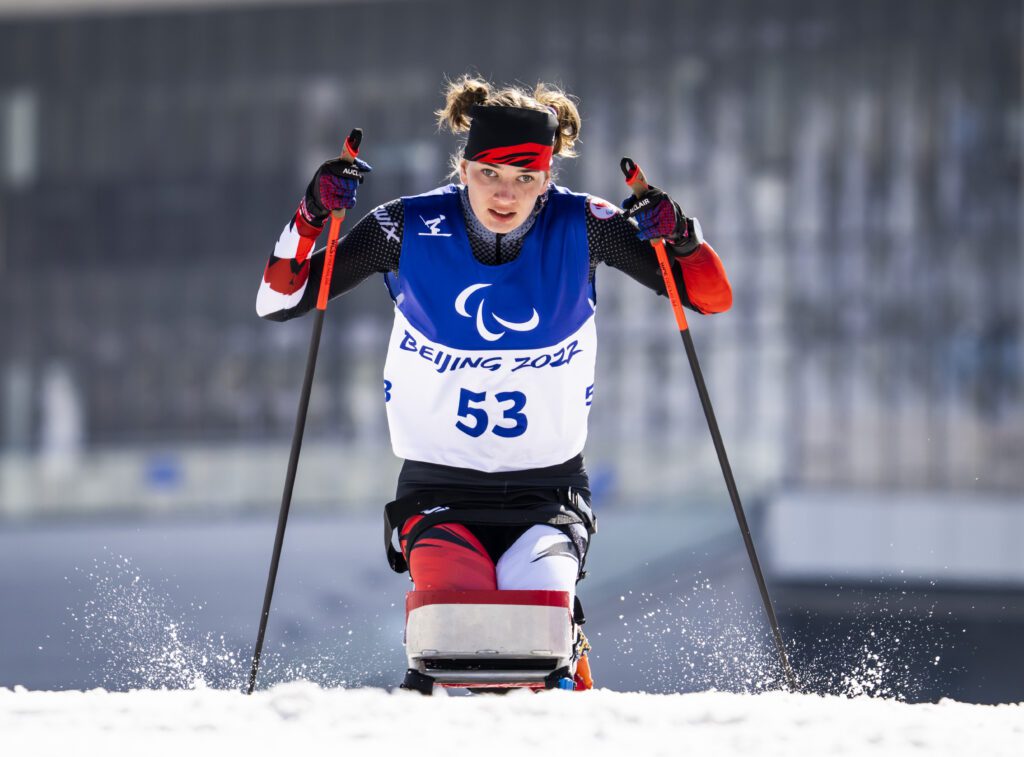
The effort to bridge this gap isn’t just about a new piece of equipment. It’s about creating a process.
With a total project value of $1.2 million funded through the Natural Sciences and Engineering Research Council of Canada (NSERC) and Alberta Innovates, alongside partner contributions, the Red Deer Polytechnic’s Centre for Innovation in Manufacturing – Technology Access Centre (CIM-TAC) is leading the project and partnering with the CPC and the Canadian Olympic and Paralympic Sport Institute Network (COPSIN) to build that process. The CPC provides strategic direction to ensure the research aligns with the needs of Para athletes, helping to optimize sport system outcomes such as access to adaptive performance equipment. Within COPSIN, the Canadian Sport Institute Alberta (CSI AB) contributes significant sport science expertise, offering training environments, integrated support teams, and applied research services. Through this collaboration, the project integrates sport science and engineering to enhance athlete performance and drive innovation in Para sport.
“Our priority is to make sure athletes have equipment that’s safe and allows them to train at the highest level. Right now, there’s a gap,” says Rob Frost, Director of Paralympic Performance at the CPC. “Too often, entry-level equipment is patched together by coaches who cut and weld chairs just to make something work. But the goal isn’t to ‘make do’; it’s to ensure the right fit. When athletes have proper fitting equipment, they’re safer, healthier, able to progress sooner, and more competitive. The top 1–2% need fine customizations, but the real opportunity is in that middle space and going beyond entry-level gear so more athletes can reach their potential earlier.”
The project will unfold in four phases:
1. Research, engagement, and needs assessment – Collaborating with stakeholders in the pilot sports to identify key priorities in equipment design and access.
2. Design development and prototyping – Conducting six hands-on design and testing cycles with three pilot para sports and a total of 12 athletes.
3. Statistical Shape Modeling – Using athlete scan data and statistical shape modeling to inform scalable, inclusive equipment design.
4. Final design envelopes and manufacturing plan – Translating findings into adaptable design frameworks and manufacturing strategies to serve a broader range of athletes and sports within a Canadian production context.
At the centre of it all is the seat, the literal bucket that stabilizes an athlete and connects them to their chair, sled, or ski.
“It’s the athlete-equipment interface,” Gallinger explains. “This fits into a larger gap analysis for each athlete. In my role as Performance Sciences advisor, and our integrated support teams (IST) within COPSIN, we look at where the biggest limitations and priorities for the athlete are. Sport science expertise is critical to support the assessment of both the performance and health of the athletes.”
The translator role
For Jennifer Dornstauder, Engineering Technical Lead at Red Deer Polytechnic, the project is as much about sociology as it is about mechanics.
Her team specializes in human-centred design, a philosophy that begins not with a blueprint, but with the athlete’s lived experience.
“Our job isn’t to tell athletes how to play their sport or coaches how to coach,” she says. “We’re translators. We listen to what the athlete needs, the coach’s and equipment manager’s priorities, and we design within those boundaries of need, cost, and availability.”
That translation is not easy. In Dornstauder’s early days working with Para sport, she thought she could quickly design fixes: a better sled, a lighter chair, a smarter fitting system.
“I walked away from those first meetings with five ideas I thought were slam dunks,” she recalls. “I was so excited.”
Then reality hit. What worked brilliantly for one classification of athlete was useless for another. “There is no golden ticket,” Dornstauder admits. “There will never be a single solution. That’s what makes this work both so challenging and so exciting”.
Instead of searching for silver bullets, her team has turned to building frameworks: design envelopes, manufacturing processes, and iterative prototyping cycles that allow for adaptation without starting from scratch.
The economics of scale without the scale
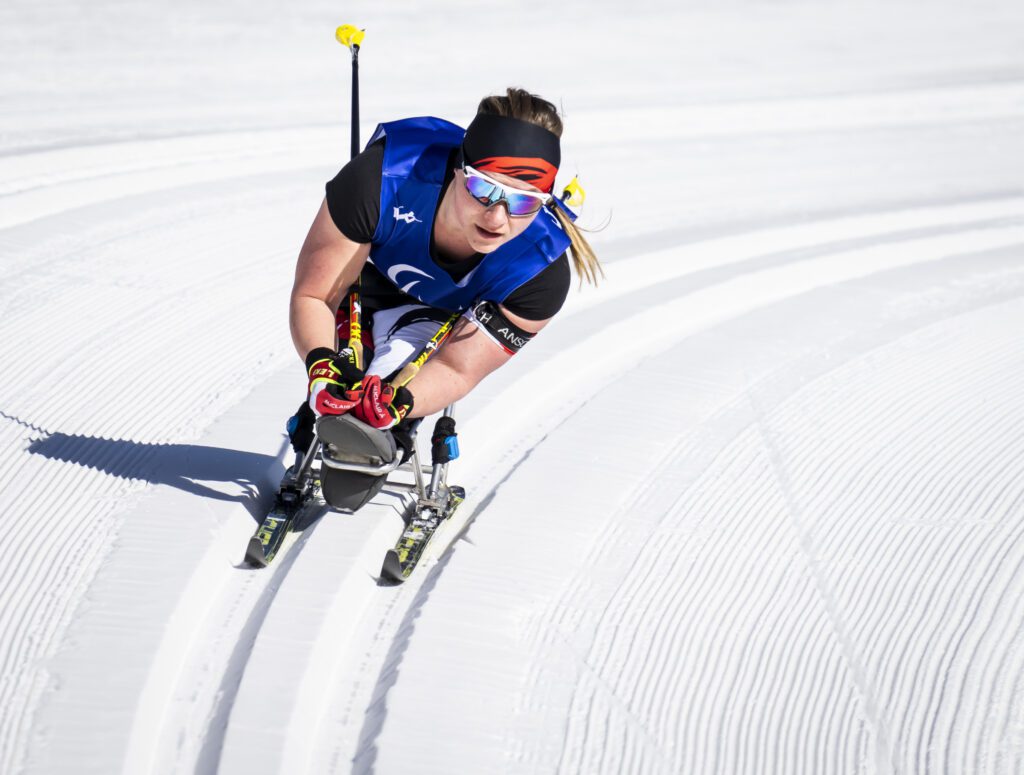
Manufacturing, at its heart, is a numbers game. The more you make, the cheaper each item becomes. Injection moulding, machining, and jigging are processes designed for thousands or millions of units. Para sport is the opposite. By definition, its participants are a minority within a minority. Canada might have only a few dozen athletes in a given classification. The dream of scaling to 10,000 units per design is impossible.
So how do you make equipment both affordable and individualized?
The answer lies in athlete-matching: preset designs with built-in variability. A seat, for example, might be manufactured according to a standard model. But with an athlete’s 3D scan, the seat interface can be fabricated to precisely match their unique seating surface without reinventing the wheel.
“It’s not as cheap as mass production, but it’s far more accessible than full customization,” she explains.
And because the process itself is standardized, the innovation is transferable. A sled seat designed for Para ice hockey can inform a racing chair. Insights from athletics can shape sit-skis.
Iteration, not invention
The project is structured around iterative testing. Twelve athletes across three sports will participate directly, cycling through assessments, prototyping, adjustments, and re-testing.
“It’s not about having one solution, there’s never going to be one solution,” Dornstauder says. “It’s about continuous refinement, with athlete feedback at every stage. Otherwise, you end up with something beautiful that nobody uses”.
Athlete involvement is not optional; it’s the engine of the entire project. Without their input and the expertise of the IST, innovation risks becoming ornamental: a $15,000 sled that looks sleek but sits in a garage because it chafes or destabilizes.
“It’s all athlete-driven,” Dornstauder insists. “I hope, honestly, that in five years, athletes don’t even have to think about it… that they just have equipment that fits and works, and the whole process is seamless and feels completely normal.”
More than a project
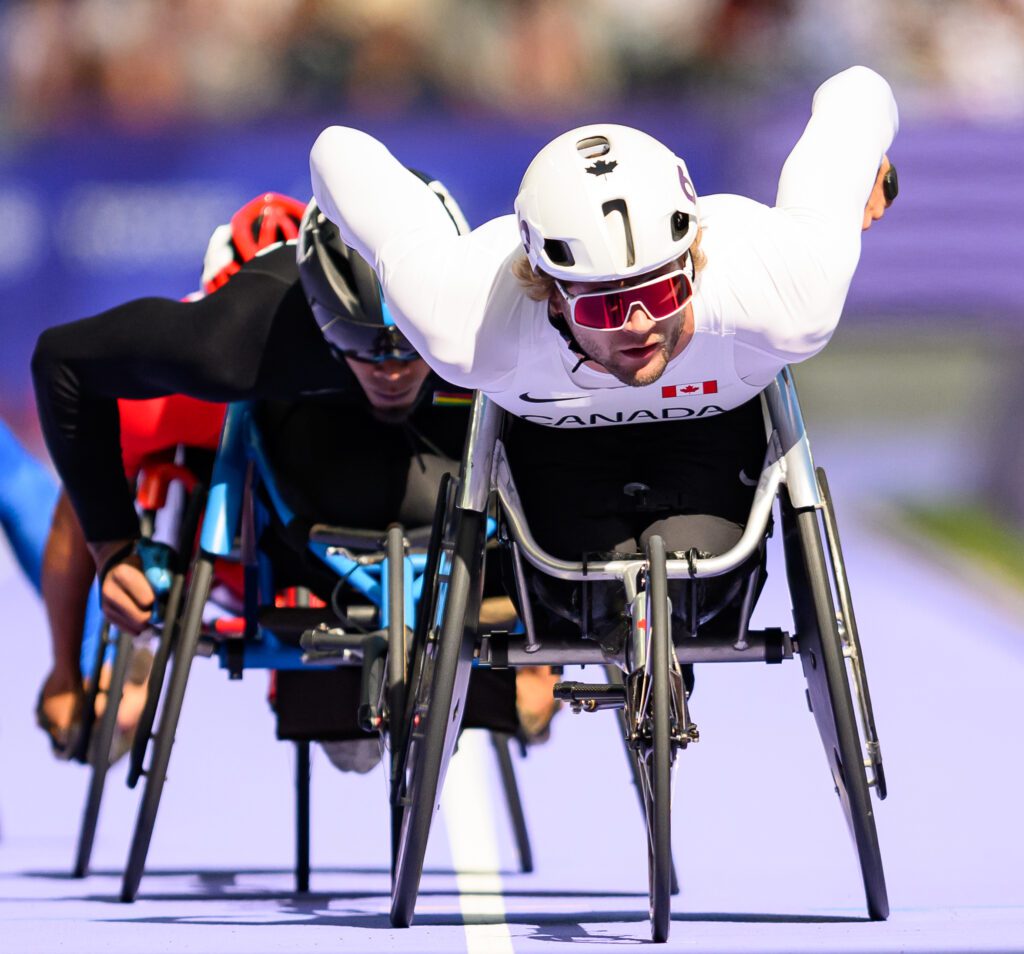
Perhaps the most remarkable aspect of this initiative is the ecosystem it’s building.
Red Deer Polytechnic alone has employed over 15 students across eight disciplines in paid internship roles that include engineering, kinesiology, occupational therapy, animation, and computer programming. Together, they’ve built physical prototypes for Para sport.
“Every student starts by doing their own mini scoping study of Para sport,” Dornstauder says. “They come in with little awareness and leave with a whole new perspective on accessibility and design.”
For some, it sparks a career. For others, it simply seeds an awareness they could carry into unrelated fields, now mindful of accessibility in a way they weren’t before.
In this sense, the project isn’t just about equipment. It’s about culture and creating a new generation of designers, engineers, and thinkers who view Para sport not as an afterthought, but as a frontier of innovation by putting accessibility at the forefront of design.
Levelling the playing field
Innovation in Para sport is not just about performance, it’s about fairness. Every International Federation has rules about what can and can’t be customized., to prevent wealthy nations from engineering bespoke super-equipment.
By creating a scalable, affordable process, the hope is to reduce those disparities, not eliminate them, but narrow the gap.
Barriers that stubbornly remain
If this vision sounds straightforward, the reality is anything but.
The biggest barrier is cost. Even athlete-matched designs, cheaper than full custom builds, are not cheap. “I’ve had one sport tell me they had to choose between buying their top athlete one piece of equipment or running a one-week training camp for 10 athletes,” Gallinger says. “How do you make those choices?”. Yet within those rules, customization can make the difference between safety and injury, between mediocrity and excellence.
Another barrier is manufacturing itself. Innovation centres can design and prototype, but few want to mass produce. And then there’s the complexity of sport itself. Each has its own International Federation rules, Frost explains, its own equipment specifications. Some elements must remain standardized and commercially available, what works in Para athletics might not work in Para hockey. What’s allowed in racing chairs might be banned in sit-skis.
Conclusion: A systemic shift
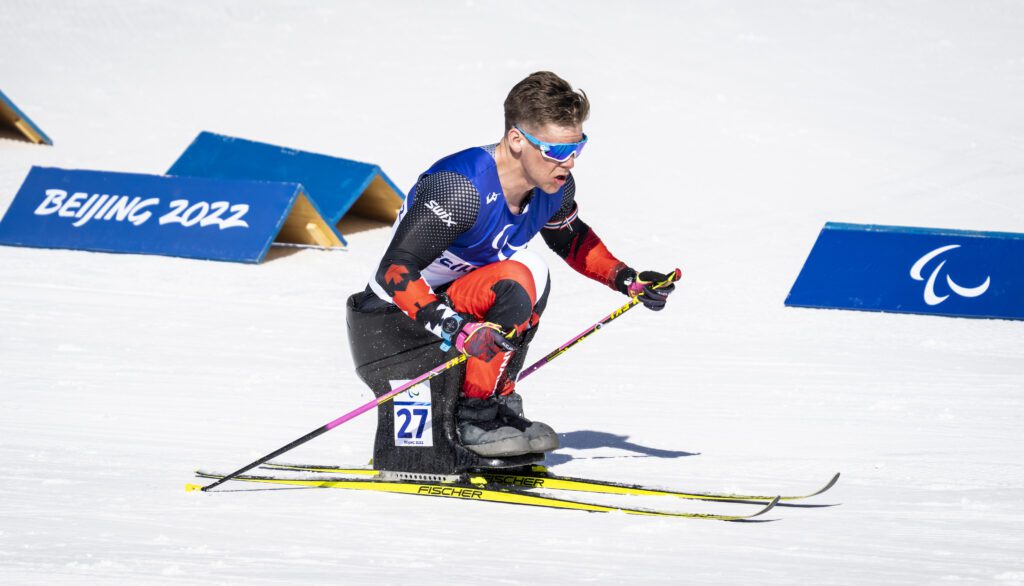
Canada’s Para sport innovation project is still in its early stages. The data is being gathered, the prototypes drawn, the testing cycles planned. Success is not guaranteed. Similar attempts have stumbled in the past, foiled by cost, complexity, or lack of manufacturing partners.
But there’s reason for optimism. The funding is larger. The partnerships are broader. The approach, which is human-centred, iterative, and scalable is more sophisticated.
And perhaps most importantly, the vision is not about a single piece of equipment, but a process that can live beyond this project. A plug-and-play system that sport organizations, COPSIN/ IST staff, athletes, and manufacturers can access for years to come.
In other words, not a one-off, but a pathway.
“The goal isn’t just to be centered at one polytechnic. We’ve got a network of colleges and polytechnics across Canada, 134 across 685 locations, that do applied research supporting new processes, products, prototypes and services – and over 95 per cent of Canadians live within 50 km of a public college or polytechnic. These institutions form a critical accessibility framework —bringing the design framework in this project within reach of virtually every community, including rural and underserved regions.,” Gallinger explains.
“If we can create the right process, technology, and design framework, multiple manufacturers across the country could contribute. We’re also working with Bowhead Corp in Calgary who provide world class adaptive mobility solutions, which adds another layer. The idea is to build a trio: the sport expertise, the advanced technology and design expertise, and the manufacturer who can take a CAD model and actually produce it.”
If it works, the legacy won’t be just lighter sleds or faster chairs. It will be athletes who stay in sport because their first experience was a good one. It will be national teams that don’t have to choose between a camp and a piece of performance equipment. It will be a playing field that feels a little bit more level.
Sometimes, the revolution isn’t flashy. Sometimes, it’s just a seat that finally fits.
Reference:
Canadian Disability Participation Project. (2018). Blueprint for Building Quality Participation in Sport for Children, Youth, and Adults with a Disability. University of British Columbia, Kelowna, BC.